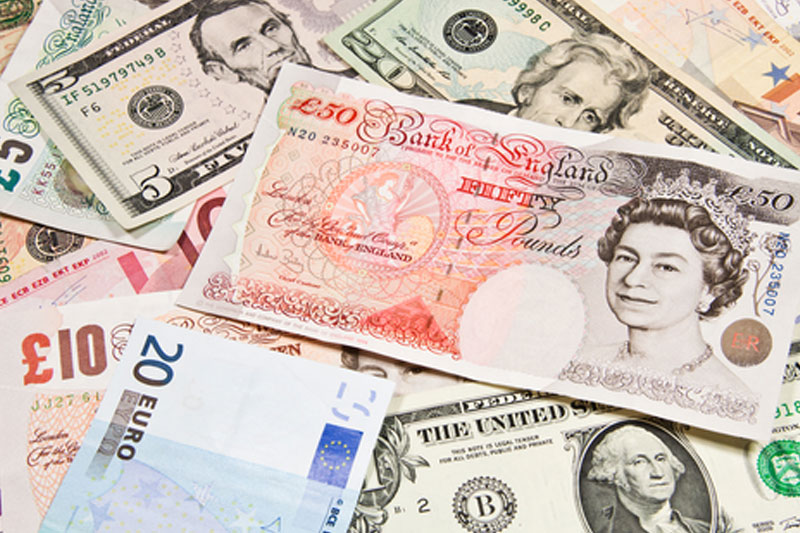Investing.com - The pound slipped lower against its U.S. counterpart on Friday, after data showed that U.K. house prices rose less-than-expected this month.
GBP/USD hit 1.5680 during European morning trade, the pair's lowest since Wednesday; the pair subsequently consolidated at 1.5703, shedding 0.21%.
Cable was likely to find support at 1.5626, the low of November 24 and resistance at 1.5828, Thursday's high.
In a report, the Nationwide Building Society said that U.K. house price inflation rose 0.3% in November, less than the expected 0.4% increase, after a 0.5% gain the previous month.
Year-on-year, U.K. house prices rose 8.5% this month, slightly below expectations for an increase of 8.6%, down from a 9.0% rise in October.
Meanwhile, the dollar recovered from recent losses posted after a string of downbeat U.S. economic reports released on Wednesday.
Data showed that U.S. initial jobless claims rose to the highest level since early September last week, while personal spending rose less than expected.
Durable goods orders rose in line with forecasts, but core durable goods orders fell unexpectedly.
Other reports showed that U.S. consumer sentiment was revised lower, manufacturing activity in the Chicago region slowed and data from the housing sector was mixed.
Sterling was steady against the euro, with EUR/GBP inching up 0.03% to 0.7925.
Also Friday, official data showed that German retail sales rose 1.9% in October, beating expectations for a 1.7% gain. The change in retail sales in September was revised to a 2.8% decline from a previously estimated 3.2% drop.
Meanwhile, in France, data showed that consumer spending fell 0.9% in October, compared to expectations for a 0.2% rise. September's consumer spending was revised to a 0.5% slip from a previously estimated 0.8% decline.
Investors were now turning their attention to an upcoming report on euro zone consumer price inflation, as European Central Bank vice-president Vitor Constancio said on Wednesday that the central bank could begin quantitative easing as soon as the first quarter of 2015 to stave off deflation risks.
